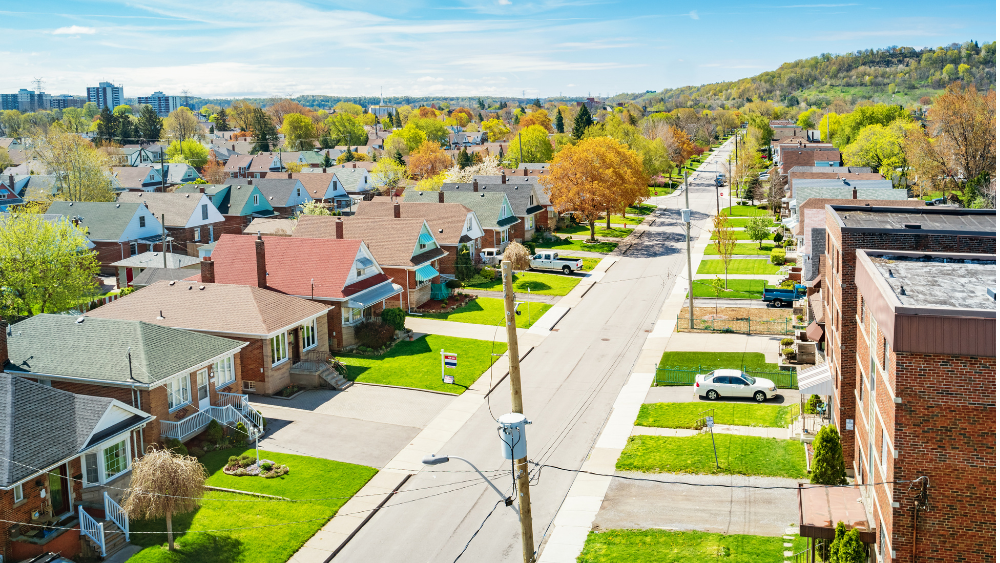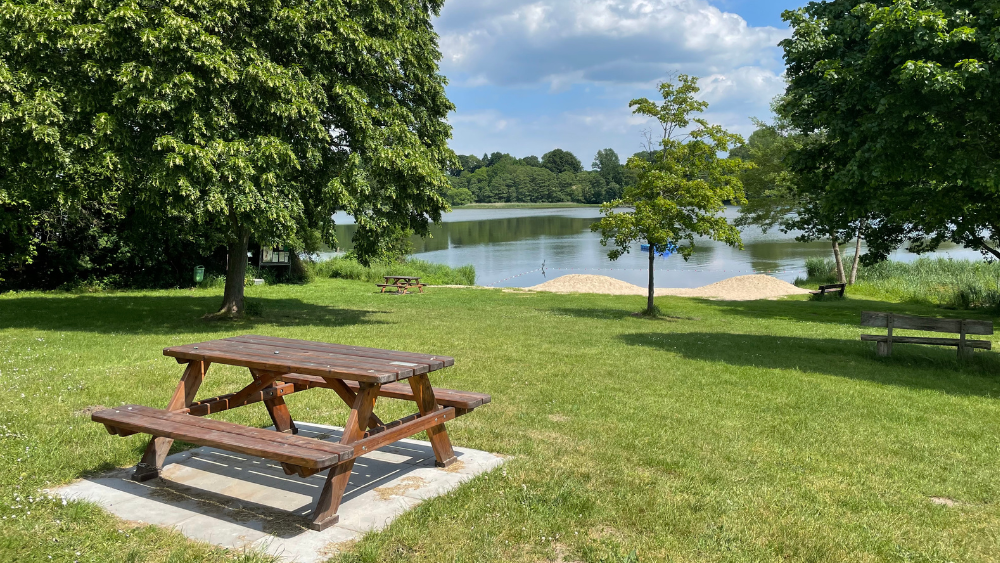Community Design
Where we live, work, play, learn, and age can shape the overall health of individuals and communities. 1 2 3 Designing communities that make it easier for people of all ages, abilities, identities and means to safely meet their everyday needs and foster healthy choices can:1 3
- Reduce the risk of chronic diseases (e.g., heart disease, lung disease, and diabetes)
- Improve social, and mental well-being
- Increase sense of safety
- Reduce risk of injury
- Reduce health inequities
- Reduce exposure to health hazards
Get Involved
Everyone has a part in the design of healthy communities. The Citizen’s Guide to Land Use Planning can explain how the land use planning process works in Ontario and how to be involved. To learn more about land use planning within Middlesex-London, visit:
- City of London
- Middlesex County
- Municipality of Adelaide Metcalfe
- Municipality of Lucan Biddulph
- Municipality of Middlesex Centre
- Municipality of North Middlesex
- Municipality of Southwest Middlesex
- Municipality of Strathroy-Caradoc
Resources
- 8 80 Cities
- Urban Land Institute
- Foundation for Social Connection
- Healthy City Active London (2012) (PDF)
- Linking Health & the Built Environment in Rural Settings (2013) (PDF)
- Active Community Toolkit for Reviewing Development Plans (2013) (PDF)
- Healthy Rural Communities Tool Kit: A Guide for Rural Municipalities (2015)
- Putting Smart Growth to Work in Rural Communities (PDF)
- Healthy Built Environment Linkages: Making the links between design, planning and health (2018) (PDF)
- Active Design: Creating Active Environments Through Planning and Design (2023)
Related Content
References
1BC Centre for Disease Control. (2018). Healthy Built Environment Linkages: A Toolkit for Design: making the links between design, planning and health, Version 2.0 Retrieved from
http://www.bccdc.ca/health-professionals/professional-resources/healthy-built-environment-linkages-toolkit
http://www.bccdc.ca/health-professionals/professional-resources/healthy-built-environment-linkages-toolkit
2Middlesex-London Health Unit. (2013). Linking Health and the Built Environment in Rural Settings. Retrieved from
http://www.healthunit.com/uploads/linking-health-and-the-built-environment-in-rural-settings-evidence-and-recommendations-for-planning-healthy-communities-in-middlesex-county.pdf
http://www.healthunit.com/uploads/linking-health-and-the-built-environment-in-rural-settings-evidence-and-recommendations-for-planning-healthy-communities-in-middlesex-county.pdf
3Public Health Agency of Canada. (2017). The Chief Public Health Officer’s Report on the State of Public Health in Canada 2017: Designing Healthy Living. Retrieved from
https://www.canada.ca/content/dam/phac-aspc/documents/services/publications/chief-public-health-officer-reports-state-public-health-canada/2017-designing-healthy-living/PHAC_CPHO-2017_Report_E.pdf
https://www.canada.ca/content/dam/phac-aspc/documents/services/publications/chief-public-health-officer-reports-state-public-health-canada/2017-designing-healthy-living/PHAC_CPHO-2017_Report_E.pdf
Date of creation: November 23, 2016
Last modified on: February 13, 2025
Last modified on: February 13, 2025





